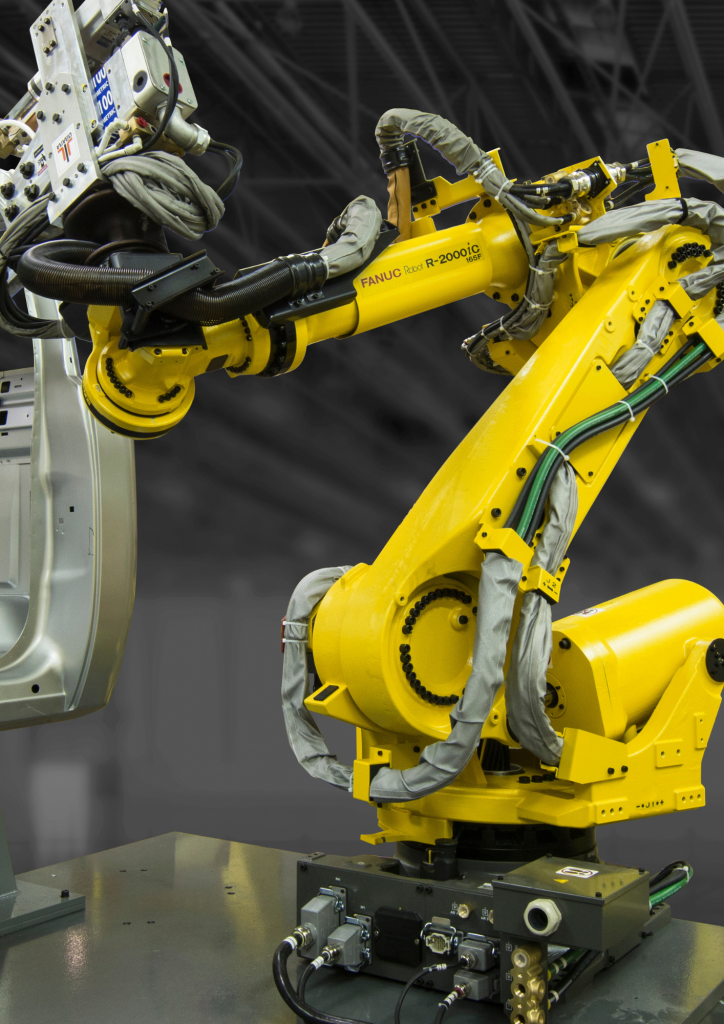At the core of manufacturing today, robotic arms are rewriting the rules of production, blending quality, safety and efficiency in ways that were once unimaginable. These amazing machines – commonly called robot arms – have become indispensable to businesses all over the world, driven by a need to cut operating costs without compromising on quality. Integrating robotic arms into production line allows manufacturers to not only cut expenses but also improve workplace safety and productivity. We’ll investigate how these groundbreaking machines can transform the way that industrial processes operate.
Cost efficiency is the most important driver behind robot arms’ widespread use. Factories face relentless pressure to limit production errors, reduce material waste, and lower the risk of workplace accidents. Robotic arms face these challenges head-on. Robot arms are more accurate than human laborers when it comes to completing repetitive tasks, thus reducing the amount of waste and avoiding costly mistakes. In high-volume industries such as automotive manufacturing, robots ensure perfect assembly through precise welding and parts placement. This accuracy can result in substantial savings since less defective products mean less rework or waste.

Image credit: automatedsolutions.com.au
Security is a key element in the emergence of robotic arms. Human workers are at risk when they perform a range of manufacturing tasks, such as handling hazardous material or operating machines that are heavy. By utilizing robot arms firms can keep workers out of hazardous environments. This reduces the risk of workplace injury. Robotic arms, which are constructed as a chain of joints that move, can mimic the functionality of human arms without causing physical damage. Equipped with programmable hand effectors, these devices can perform tasks that are hazardous for humans, such as spinning or welding.
The range of applications for robotic arms make them a game changer in various industries. Robot arms can adapt to various tasks, ranging from automotive assembly to electronic production. The ability to program these arms allows them to execute difficult tasks such as painting or applying fiberglass with an unmatched level of consistency. When it comes to warehousing robotic arms have changed palletizing by automating the process of loading merchandise onto pallets with precision and speed. This automation not only boosts effectiveness but also guarantees the reliability of robots, since they can work continuously without fatigue.
One of the most exciting developments in this field is the rising popularity of collaborative robots or cobots. They collaborate with human employees. Unlike traditional industrial robots confined to isolated cells, the cobots that are equipped with robotic arms have been designed for a safe, seamless interplay with humans. The hands of a robot can be utilized for heavy lifting and repetitive tasks in factories, meaning that human workers are freed up to handle more complex tasks. The collaboration improves productivity and creates a safer workplace, since cobots can be programmed to alter or stop their movements if the person in front of them is.
Robotic arms make a huge impact on modern manufacturing and not just regarding safety or efficiency. They are vital for industries that require extreme precision in processes such as welding, assembly or material handling. A robotic arm, for instance, can be used to rotate and place parts during assembly in the automotive industry to ensure that they are aligned perfectly without any human involvement. Similarly, in electronics, robot arms handle delicate components with care, reducing damage and improving output quality.
As the world of manufacturing continues to change, the role of robotic arms will only grow. They’re a crucial element for the future of manufacturing because of their ability to lower costs, enhance security and adapt to various tasks. Combining cutting-edge technology and human ingenuity robot arms are more than instruments. They’re partners driving innovation, transforming how we construct our world.
